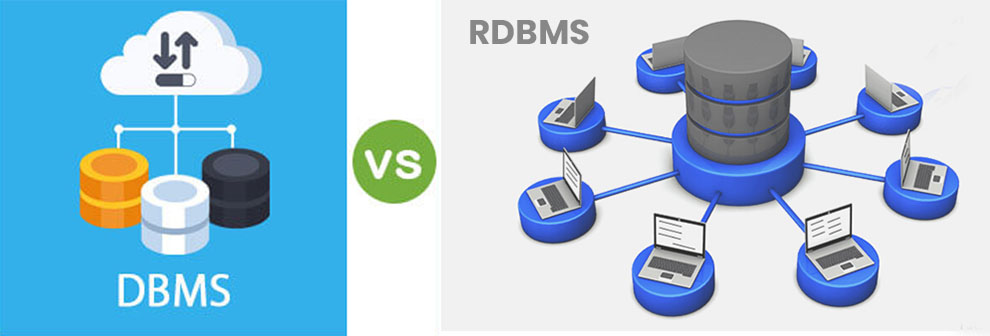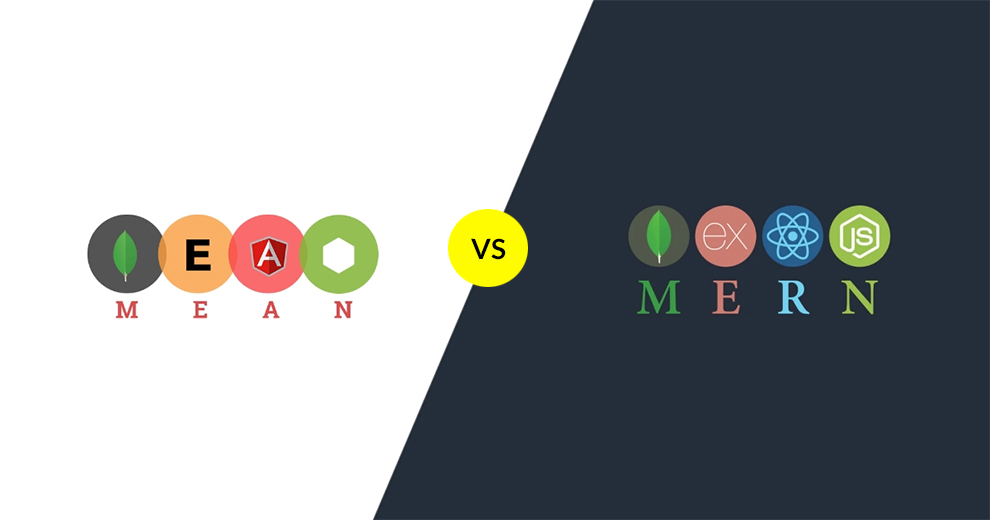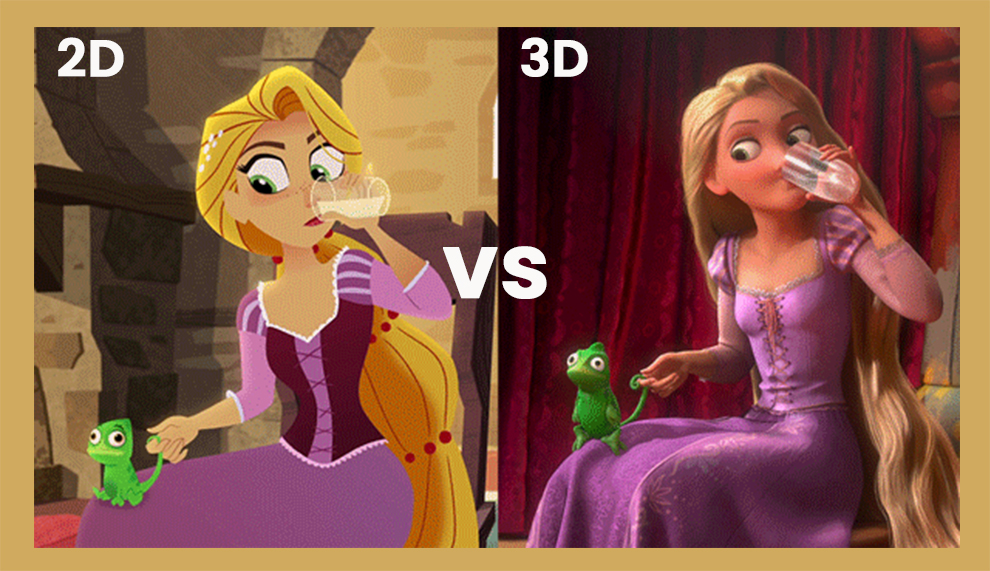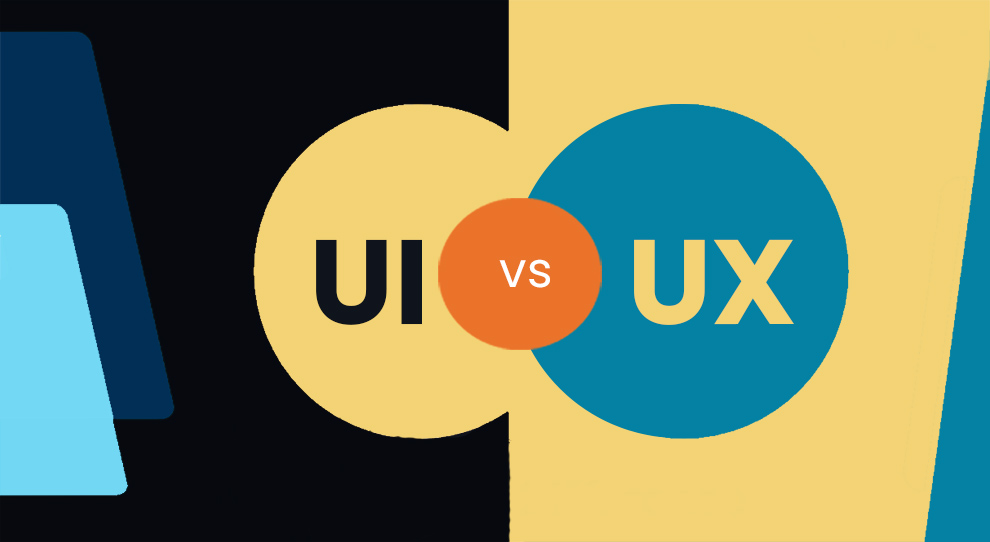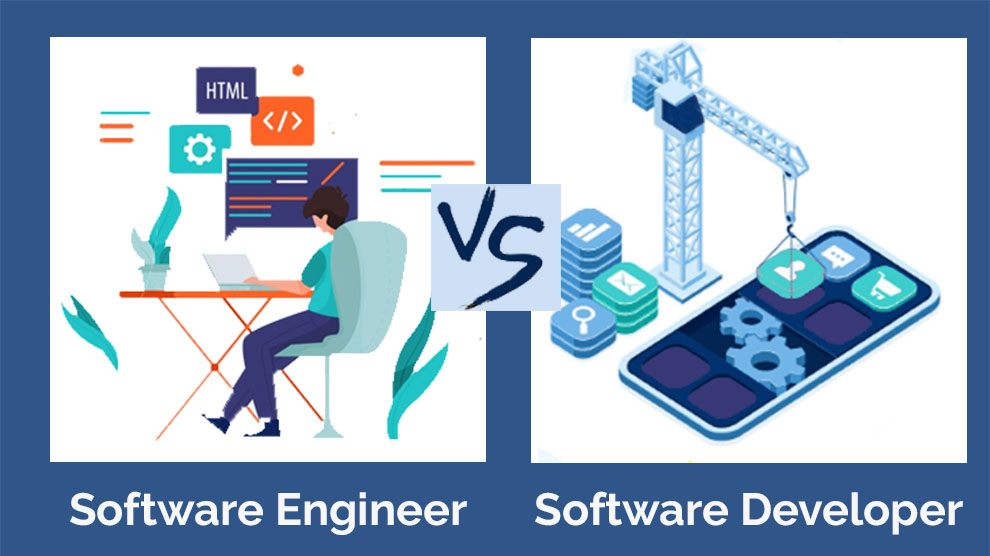As is evident from the title, this guide states the difference between RDBMS and DBMS. But, before that, we need to understand what a database is? A collection of arranged or organized data that you can update, access, control, or modify easily is known as a database.
Jump To
- What is DBMS?
- Types of DBMS
- Hierarchical Database
- Network Database
- Object-Oriented Database
- Enterprise Database
- Cloud Database
- Relational Database
- Operational Database
- NoSQL Database
- Personal Database
- What is RDBMS?
- Distinguishing Between DBMS and RDBMS – Difference Table
- Uses of DBMS vs RDBMS
- Frequently Asked Questions
- Conclusion
You can list data in the database in columns, tables, or rows. Using database management, users can seamlessly access, manage, or save the data. There are ideally two kinds of database management methods:
- DBMS or Database Management System
- RDBMS or Relational Database Management System
Below, we will compare DBMS and RDBMS because if you wish to know the methods in detail, you should also understand the comparison between DBMS and RDBMS.
What Is DBMS?
Before we distinguish between DBMS and RDBMS, we will discuss the two terms individually. For that, first, we will define DBMS or Database Management System.
Introduced by Charles W. Bachman in 1960, DBMS is computer software. The software helps in storing and managing the data. But, the functions of DBMS are not curtailed to it. It can also perform additional functions, such as revising, creating, defining, and controlling the database. It offers controlled access to the data.
Further, the Database Management System also provides data manipulation like data updating, data deletion, and data insertion. This software enables individuals and businesses to work closely with the databases.
Hence, they can extract the requisite data. Initially, General Electric Company used DBMS. The use of an integrated database system revolutionized how we store information and utilize it for astute purposes. In simpler terms, you can understand DBMS as a contemporary method of storing files with useful information and using it for backup, security, storage, retrieval, update, and other purposes.
Types of DBMS
Yes, we will distinguish between DBMS and RDBMS, but before that, let us talk about the types of DBMS. There are several different kinds of the database management system. Below, we will address them one by one.
Hierarchical Database
Here, a tree-like structure defines data organization. Also, in this database management system, data is stored from top to bottom, that is, hierarchically.
Herein, the parent-child relationship helps with data representation. So, wherein a child can have only one parent, the parent can have multiple children, so is the case with the hierarchical database.
Network Database
In the Network DBMS, data elements maintain a 1-to-1 or 1:1 or many-to-many N:N relationship. This database management system also has a hierarchical structure. However, herein, there can be more than one parent for one child record. In this DBMS, data organization is like a graph.
Object-Oriented Database
As is clear from the name, this database model performs data arrangement into classes and objects. Hence, it utilizes the object-based approach to store the data in the database management system.
It has every feature of an object-oriented programming language, such as encapsulation, inheritance, abstraction, and polymorphism.
Basically, the data is stored and represented as objects, similar to those utilized in an object-oriented programming language. Undoubtedly, it is one of the most efficient database models.
Enterprise Database
Utilized by enterprises or large organizations, this DBMS helps manage a significant chunk of data. Consequently, this database management system helps boost and better efficiency. It allows simultaneous access to multiple users.
Cloud Database
The data is stored in a virtual environment in this database management system. Further, the execution happens on the cloud computing platform. A Cloud database management system offers the users several cloud computing services to access the database. Some popular services include laaS, PaaS, and SaaS. You can find an array of different cloud computing platforms, but the top choices include:
- ScienceSoft
- Microsoft Azure
- Amazon Web Services (AWS)
- Kamatera
- Google Cloud SQL
- PhonixNAP
Relational Database
A relational database management system was invented in 1970 by E.F. Codd. It is one of the most prevalently used database management systems as it is one of the easiest.
It is based on normalizing the data in columns and the rows of the table. RDBMS utilizes SQL to store, manipulate, and maintain the data. Every database table has a key that makes the data unique from others.
Some prevalent examples of Relational Databases include Microsoft SQL, MySQL, Oracle, Server, and others.
Operational Database
This database management system updates, stores, processes and creates the database in real-moment. The operational database is designed to execute and handle the routine data operations in different companies. For instance, managing routine business transactions will fall under this category.
NoSQL Database
Originally referred to as the Non-Relational or Non-SQL, the NoSQL database is hugely popular. It offers a mechanism for data retrieval and storage. A prevalent alternative to a relational database, NoSQL has several forms and lets you manipulate and store a significant amount of semi-structured or unstructured data.
The data structures used in this database management system are invariably different from those used by default in the RDBMS. Consequently, the operations here are faster. Also, they are significantly more flexible than a relational database management system.
Personal Database
When the data collection and storage take place on the user’s system, it is the Personal Database. It is meant solely for one user.
What Is RDBMS?
As discussed earlier, RDBMS is a new-fangled version of the database management system. It adds the R of Relational to the database management technology. So, when RDBMS is a type of DBMS, what is DBMS vs RDBMS?
For better understanding, let us understand RDBMS in detail and then we compare DBMS and RDBMS.
Designed in the 1970s, the Relational Database Management System is a sophisticated version of database technology. With the boom in technology, everyone seeks an innovative, fast-paced, efficient, and productive system.
It led to a shift from DBMS to RDBMS and ensured the organizations access data more efficiently. The tool functions on a relational schema, meaning a relational database management system maintains and manages the data in the table format or columns and rows.
RDBMS truly is more potent than DBMS. Hence, it is hugely popular globally. Today, it is a database of needs and necessities.
RDBMS and DBMS Detailed Difference Table
In this detailed difference table, we will enlist the difference between RDBMS and DBMS. So, let us get started and compare DBMS vs RDBMS.
| Feature/Criteria | DBMS – Database Management System | RDBMS – Relational Database Management System |
| Storage | As a file | As tables |
| Format | Navigational form or Hierarchical form | Tables |
| Users | Single User | Multiple Users |
| Hardware and software needs | Low | High |
| Normalization | Absent | Present |
| Data modification | Complex | Straightforward |
| Client-server side interaction | Not supported | Supported |
| ACID | No ACID model | Obeys ACID model |
| Data redundancy | May be present | Impossible |
| Use | Manage data stored on the computer | Maintain a relationship of various tables in the database |
| Data type | Cannot store large data quantity | Can store large data |
| Data relationship | No relationship | Relationship Exists |
| Integrity Constants | Absent | Present |
| Distributed databases | Not supported | Supported |
| Data fetching | Slow | Fast |
| Data security | Low | High |
| Dr. E.F. Codd Rules | Satisfies lower than seven rules | Satisfies Eight to Ten Rules |
| Data access | Individually | Multiple simultaneously |
| Examples | File system, XML, XML, Windows Registry, etc. | MySQL, PostgreSQL, Oracle, SQL Server, Microsoft Access, etc. |
Let us now detail the tabular DBMS vs RDBMS comparison.
- The manner of storage is the primary difference between RDBMS and DBMS. The former stores the data as tables, while the latter stores the data as a file.
- Another factor of comparison between DBMS and RDBMS lies in the storage form. In the former, the data is stored in Navigational or Hierarchical format. In RDBMS, there is an identifier or a key, and the data values are stored as tables.
- When we compare DBMS and RDBMS, we find that the former supports only one user. In the latter, multiple users have access.
- Studying the DBMS vs RDBMS distinction helped us determine that the software and hardware needs of DBMS are relatively lower compared to RDBMS.
- There is no normalization in DBMS, but it is present in RDBMS.
- In DBMS, data modification is complex, but it is straightforward in RDBMS.
- Another factor to distinguish between DBMS and RDBMS is architecture and client-server side interaction. While the former does not support it, in RDBMS, it is supported.
- Comparing the two, we can say that the DBMS is not consistent. Hence, the data is not stored in the ACID (Atomicity, Consistency, Isolation, Durability) model. Consequently, there may be inconsistencies in the data, but Such is not the case with RDBMS. RDBMS has a well-structured database, and they obey the ACID model.
- Use also differentiates DBMS vs RDBMS. The former helps manage data stored in the computer, whereas the latter helps maintain the relationship of tables in the database.
- Unfortunately, DBMS does not store large quantities of data, whereas RDBMS can do the same.
- Another difference between RDBMS and DBMSis in the DBMS relationship. In the former, there is a relationship between the data contained in the tables. However, DBMS has no such relation.
- Comparing DBMS with RDBMS, we established that the former has no support for integrity constants, but the same is present in the latter.
- Another point of comparison between DBMS and RDBMS is that DBMS does not support distributed databases, but RDBMS supports them. The relational approach makes data fetching faster in RDBMS.
- There is a difference in security in DBMS vs RDBMS.In the former, there is a greater chance of data manipulation. The security is also low. But, RDBMS has multiple levels of security.
- When we compare DBMS and RDBMS on Dr. E.F. Codd’s Rules metrics, we established that the former satisfies lower than seven rules, but the latter satisfies about eight to ten rules.
- Data redundancy is a primary difference between RDBMS and DBMS. In DBMS, there is data repetition causing duplicity. But, RDBMS follows indexing. So, data redundancy is not possible.
- The last comparison is in data access. In DBMS, you will have to access data elements individually. Whereas, in RDBMS, you can access multiple components simultaneously.
Where Are DBMS and RDBMS Used?
The working may be different in DBMS vs RDBMS, but the application is more or less the same. DBMS and RDBMS are frequently used in:
- Banks to store account activities, client info, mortgages, credits, and disbursements
- Airlines to store flight booking, passenger documentation, flight scheduling, and ticket service information
- Education sector to store course registrations, student information, and results
- Telecommunication to store monthly bills, call records, call-related information, and balances.
- Finance and Economics to store information about transactions, fiscal instrument acquisition, and bonds.
- Sales and Marketing to store customer information
- Human Resources to store information about payroll, remunerations, worker details, salaries, and deductions.
DBMS Vs RDBMS FAQs
Ques 1. Which one is better: DBMS or RDBMS?
Ans. RDBMS is the advanced version of DBMS, and the two are often confused with one another. Of course, RDBMS is relatively better because of its advanced features and tools.
Ques 2. Is SQL a part of DBMS?
Ans. SQL is not a DBMS or an RDBMS. It is a programming language employed to query data on these DBMSs.
Ques 3. What is OODBMS in DBMS?
Ans. OODBMS or Object-Oriented Database Management System supports the data creation and modeling as objects.
Ques 4. What is RDBMS? Explain with examples?
Ans. Relationship Database Management System or RDBMS is a DBMS that maintains and manages the data in tabular form. Examples include MySQL, PostgreSQL, Oracle, SQL Server, Microsoft Access, etc.
Related: Database Administrator Training Courses, MS Access Courses
Conclusion
With this guide, we have tried to compare DBMS and RDBMS. Of course, both help in data management and storage in physical databases, but there are significant DBMS vs RDBMS differences. RDBMS is merely an advanced version of DBMS.
Still, some products support both. We hope we have done justice, and you are thorough with the distinction between these two database management systems.

